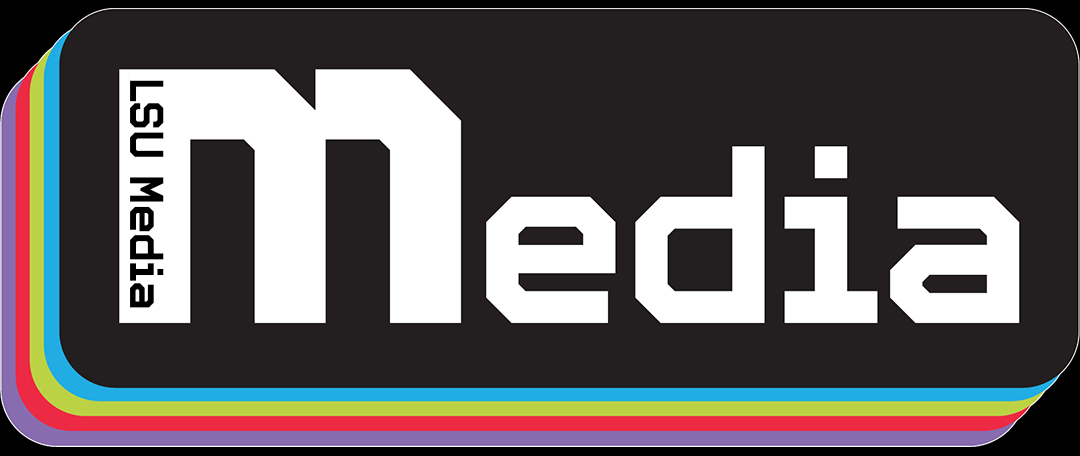News Editor, Izzie Naish, discusses the impact of RuPaul’s Drag Race on the LGBTQ+ community and their representation in mainstream media
Currently on its thirteenth season and having led to spin-off shows all around the world, you cannot argue with the fact that RuPaul’s Drag Race has changed the course of reality TV herstory. In the American show, each season 12 to 14 drag queens enter the workroom in a bid to become ‘America’s Next Drag Superstar’, competing against each other in a series of inventive challenges ranging from dancing and acting, and singing, impersonating, and lip-syncing. There is no denying that the show’s emergence into the spotlight has influenced much of Internet culture, with scenes from the show becoming popular memes and terminology such as ‘sissy that walk’ and ‘sickening’ making their way into the mainstream.
Season 10 contestant Blair St. Clair summarises the main impact of Drag Race perfectly, telling the Gay Times ‘I think one of the most important things, for me, about Drag Race is because it’s gone mainstream, it has created and allowed drag to go mainstream’. For many heteronormative viewers, the show has provided an important insight into drag culture, and with its emphasis on inclusivity and acceptance helping to dispel any negative preconceptions around drag queens and the wider LGBTQ+ community. It has also helped to highlight the power and the liberty of self-expression through clothing and make-up, which in turn is reducing the stigma that surrounds drag. Through the show’s popularity, RuPaul and each of the contestants have successfully managed to carve out a space for drag representation in the mainstream media, an important step for widespread acceptance and celebration of the LGBTQ+ community.
It is not just drag culture that Drag Race can educate the heteronormative viewer about, but through its insights into its contestant’s personal lives as the show highlights many of the struggles the LGBTQ+ community face every day. Heartfelt stories from the contestants has shone a light upon the homophobia and discrimination many of them have faced throughout their lives.
Season 8’s Kim Chi opened up about her complicated relationship with her parents; announcing to the judges that they were unaware of her true identity as a drag queen. Nina West, from season 11, talked about her experiences with bullying in college and the fear of homophobic assaults in the wake of the murder of Matthew Shepard. The show does not shy away from tackling such serious issues from its community; from Roxxxy Andrews’ childhood abandonment to Trinity K. Bonet’s diagnosis with HIV. Through the queens’ vulnerability and bravery in opening up about their lives, viewers have been educated on the range of different issues affecting the LGBTQ+ community. Season 1’s winner Bebe Zahara Benet has highlighted that it is these contemporary conversations and moments of vulnerability which makes the show both so influential and so highly regarded – ‘It was the heart. People were able to relate to us as human beings’.
Some have however pointed out negative aspects of the show, such as the competitive atmosphere of ‘throwing shade’ and ‘reading’ which can be seen to work against the familial nature of drag culture. Several members of the drag and LGBTQ+ community have also expressed concerns as to whether the show could lead to the tokenisation of drag artists and the view that queens are performative and decorative rather than people with personality and political influence. Drag Race does well in counteracting this at the moment with its insights into the contestant’s lives and the people behind the performer, however there are still worries that as the show keeps gaining traction this could start to become lost in translation.
Despite its drawbacks, it cannot be denied that Drag Race really has been a cultural phenomenon. The show has given a platform to the voices of those in the drag community and through it has taught many heteronormative people, such as myself, the important lessons regarding the vibrancy and beauty of drag culture. Looking at the bigger picture, this popularity has formed solid foundations for the continuation of the emergence of LGBTQ+ artists and content into the mainstream media – something which hopefully will only continue to grow with time. In the words of Mama Ru, hopefully Drag Race won’t ‘sashay away’ from our screens any time soon.
Edited by Sophie Alexander – Entertainment Editor
Header Image by Annabel Smith


